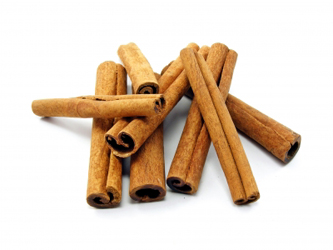While today’s modern world has turned back to herbal medicine this is nothing new to those who practice the ancient tradition of Ayurveda. Much of Ayurveda medical knowledge has been lost over the centuries and now a days most of the herbs commonly used for medicine is now regarded as just spices in our food.
A vast number of the common herbs we have in the kitchen are used in Ayurvedic medicine. That is because those herbs are not native to us but come from India. Such as ginger, cinnamon, Gotu Kola, Gymnema Sylvestre, Boswellia or Frankincense, and East Indian Globe Thistle. There is a caution though if you have a serious medical condition you should consult with your doctor. So as to see if there are going to be side effects you need to be aware of. Take for instance Ginseng, this herb thins your blood so if you take blood thinners you shouldn’t take ginseng since your blood can become too thin to clot.
To start with Ginger which is common in food also has medicinal purposes as well. For instance it helps with gas, heartburn, colic, digestion, motion sickness, has antibacterial properties, anti-fungal properties, pain reliving, prevents ulcers, migraine headaches and tumors. If ginger is used for post-surgery nausea, and morning sickness please consult your doctor before using. In India it is used to as an antidepressant and to enhance your vigor. This herb is known as an Adrak or Sunthi.**
Ginseng is used for fatigue and convalescence. Standardized extracts have been shown to decrease the reaction time to both auditory and visual stimuli, increase breathing rate, increase alertness, concentration power, improve motor and visual coordination.**
Gotu Kola is a common herb in India. This herb is used for skin disorders, healing wounds, insomnia, and lowering blood pressure.
Gumar or Gymnema Sylvestre is gaining popularity as it is known to block sugar. The theory is that it is able to help weight loss and lower the blood sugar level in diabetics.
Cinnamon is a common baking ingredient but has been used for hundreds of years by Ayurvedic Herbalists as a stimulant. Other uses are to help with rheumatism, astringent and soothe tooth aches. The essential oil is known to be an anti-bacterial and anti-fungal.
Boswellia or commonly known as Frankincense is used as a expectorant, an anti-inflammatory and also helps in boosting the immune system.
“East India Globe Thistle”, while not a well known herb, has a long history for reducing blood sugar and for energy.
Some other herbs you may have heard of are listed below.
Ashwagandha: is used for brain boosting effects.
Babul: The fruit, bark and gum resin are what is used. The bark is made into products for skin diseases, burns, and oral hygiene.
Bala: This is used in nasal congestion and bronchial asthma products.
Datura Kumari or known as Aloe barbadensis: Used in a variety of ways…topically for wound healing, sunburn, and minor skin irritations. Orally for constipation, peptic ulcers, Immune system enhancement, diabetes, asthma*
Neem Noni Shatavari: Which means “fruit for hair” reason being it is used as a traditional shampoo in India.
Acorus calamus or vacha is used for constipation, epilepsy, flatulence, rheumatic swellings and colic.
* The Healing Power of Herbs by Michael T. Murray, N.D.
**Herbs for Your Health by Steven Foster
About Author:
R. Smith writes about integrating the eastern traditional medicine of Ayurveda into the western world lifestlye.
